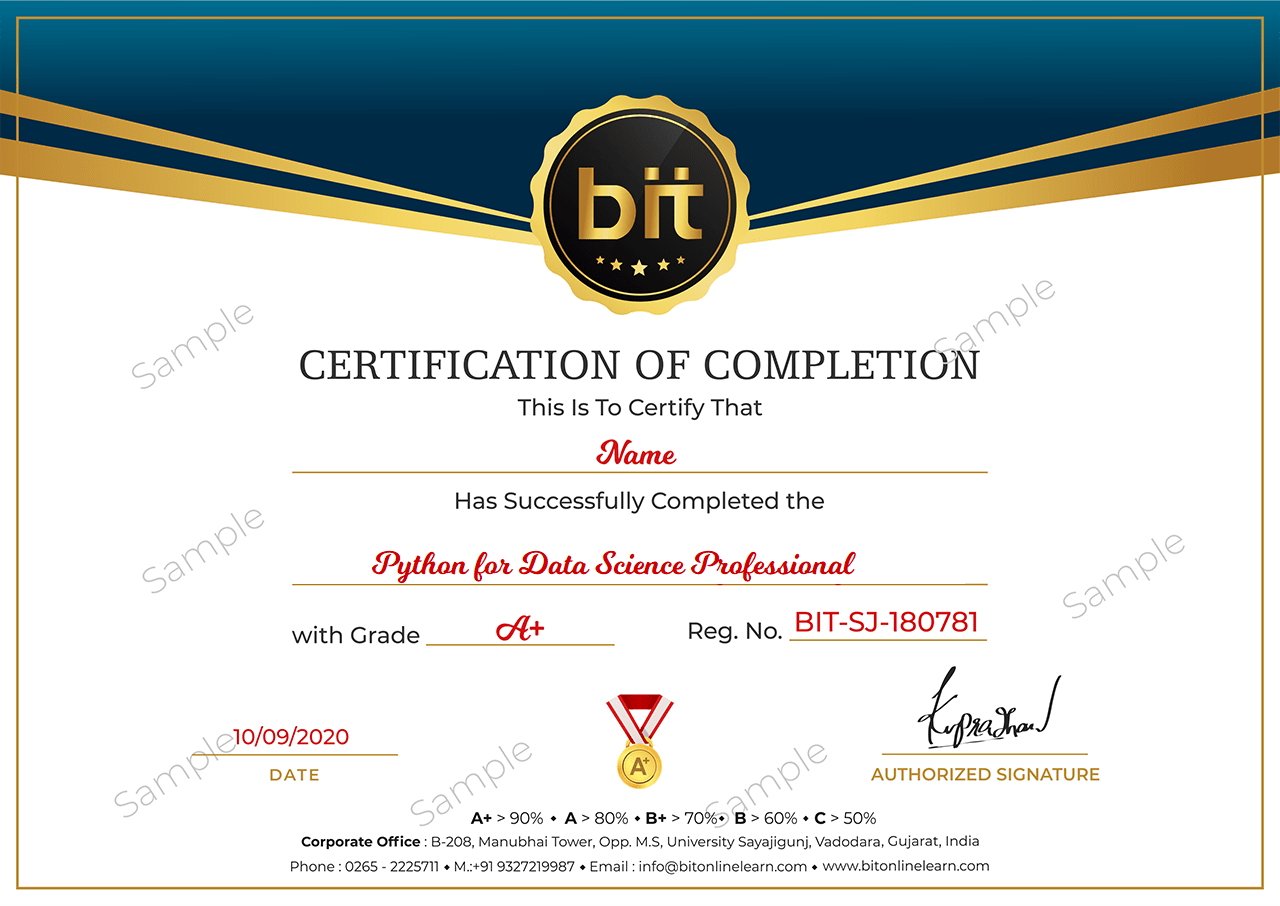Live Lecture
· Introduction of Python
· The Companies using Python
· Different Applications where Python is used
· Discuss Python Scripts on UNIX/Windows
· Values, Types, Variables
· Operands and Expressions
· Conditional Statements
· Loops
· Command Line Arguments
· Writing to the screen
· Sequences and File Operations
· Python files I/O Functions
· Numbers
· Strings and related operations
· Tuples and related operations
· Lists and related operations
· Dictionaries and related operations
· Sets and related operations
· Functions, OOPs, Modules, Errors and Exceptions
· Functions
· Function Parameters
· Global Variables
· Variable Scope and Returning Values
· Lambda Functions
· Object-Oriented Concepts
· Standard Libraries
· Modules Used in Python
· The Import Statements
· Module Search Path
· Package Installation Ways
· Errors and Exception Handling
· Handling Multiple Exceptions












